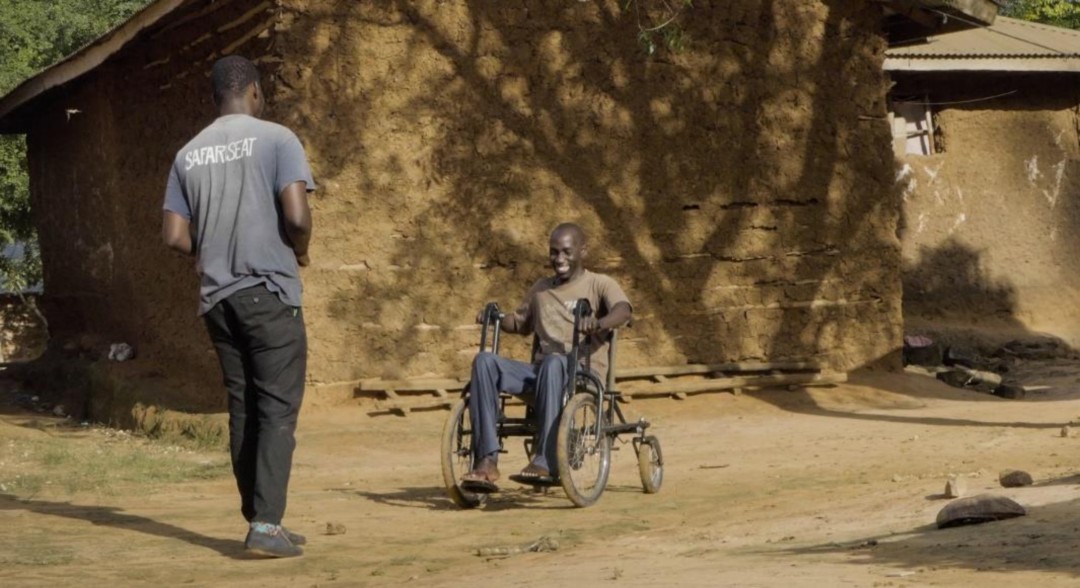Supporting people with a mobility impairing disability
The project aims to support people with mobility impairment in achieving long-term self-reliance, economic empowerment, financial inclusion, and social inclusion in Mombasa and Nairobi Counties. It also aims to change the narrative around People Living With a Disability (PLWD), usually perceived as powerless and a burden to society. More specifically, 15 beneficiaries will be accompanied on a path from impairment, poverty and exclusion towards self-reliance, economic empowerment, financial inclusion, and social inclusion. Activities include providing the SafariSeat wheelchair, a low-cost all-terrain wheelchair to the beneficiaries, engaging employers in including PLWD and identifying job skills in demand by the market, offering them Vocational Training for job skills development and improved employability and supporting beneficiaries in getting formal employment or in establishing Micro Enterprises.
Founded in 2017, The Accessibility Institute (TAI) is Swedish based incorporated non-profit and also a Social company in Kenya. Its mission is to help people build rich, fulfilling lives upon the foundation of mobility.
News
Type
Education / Community DevelopmentDuration
April 2023 - March 2025Location
Mombasa / KenyaWith whom
The Accessibility Institute
Website




Kenya
Population
49.7 million (2017)
Per Capita Income
USD 1,460/year (2017)
Poverty rate *
36% (2015)
Literacy rate
79% (2016)
Human Development Index
142nd out of 189 countries (2018)
Kenya’s macro-economic conditions have progressed over the past decade, improving the welfare of its population. However, a quarter of its population lives in urban informal settlements, arid and semi-arid rural areas and remain vulnerable to poverty, conflict, structural underdevelopment and disease. Even though national absolute poverty has declined overall, it remains high compared with neighbouring countries. Primary school enrolment has reached 100%. Access to household services such as electricity, improved drinking water and sanitation has steadily increased, even though coverage remains low (23%, 47% and 33% respectively). Youth unemployment and vulnerability to climate change remain key challenges.
Sources: World Food Program, UNICEF, World Bank, 2016 Human Development Report, Human Development Indices and Indicators (2018 Statistical Update)
*The percentage of the population living below the national poverty line.